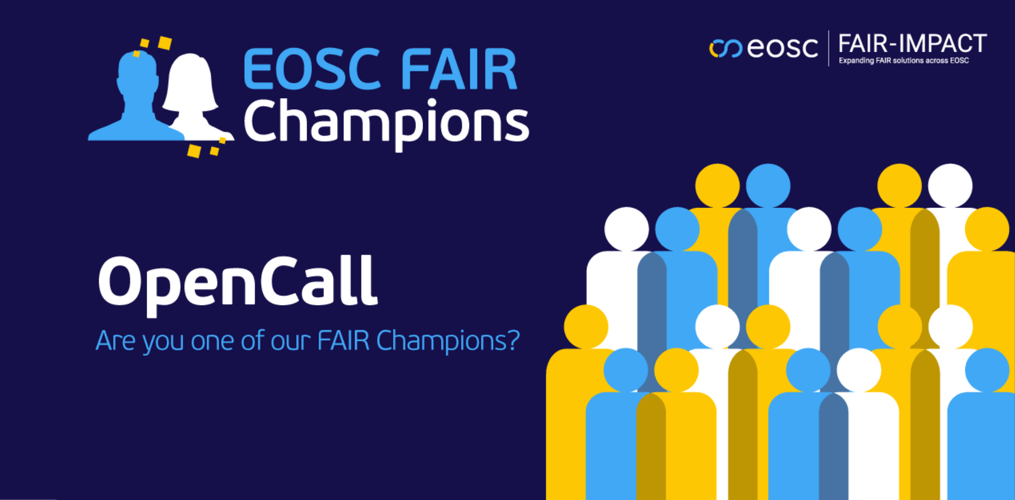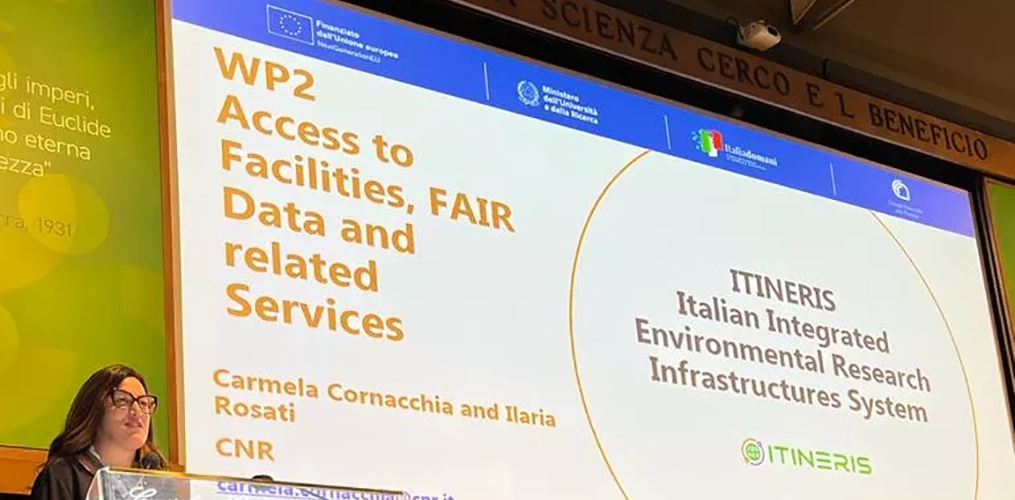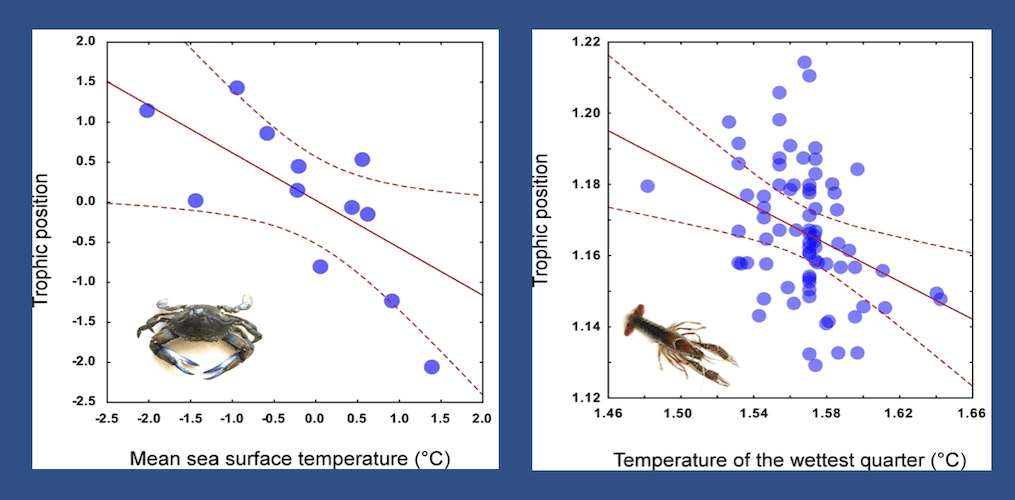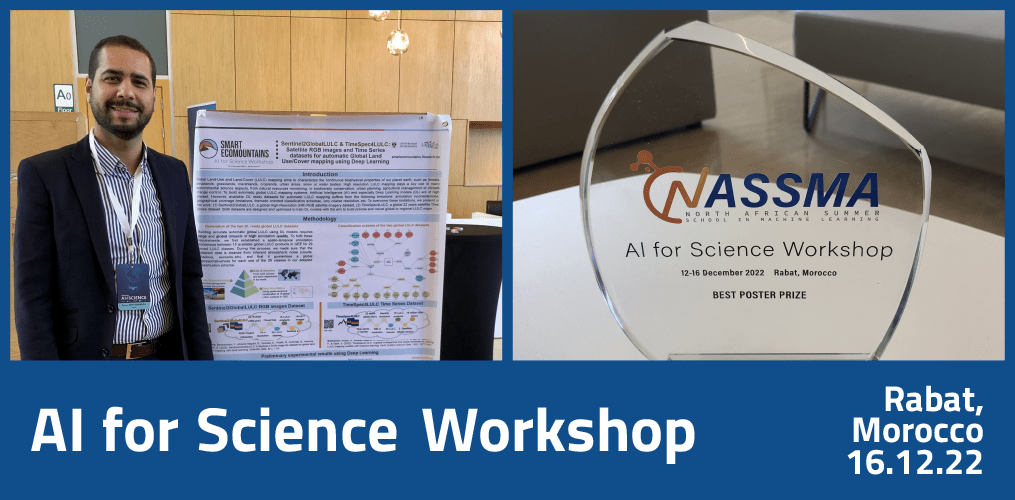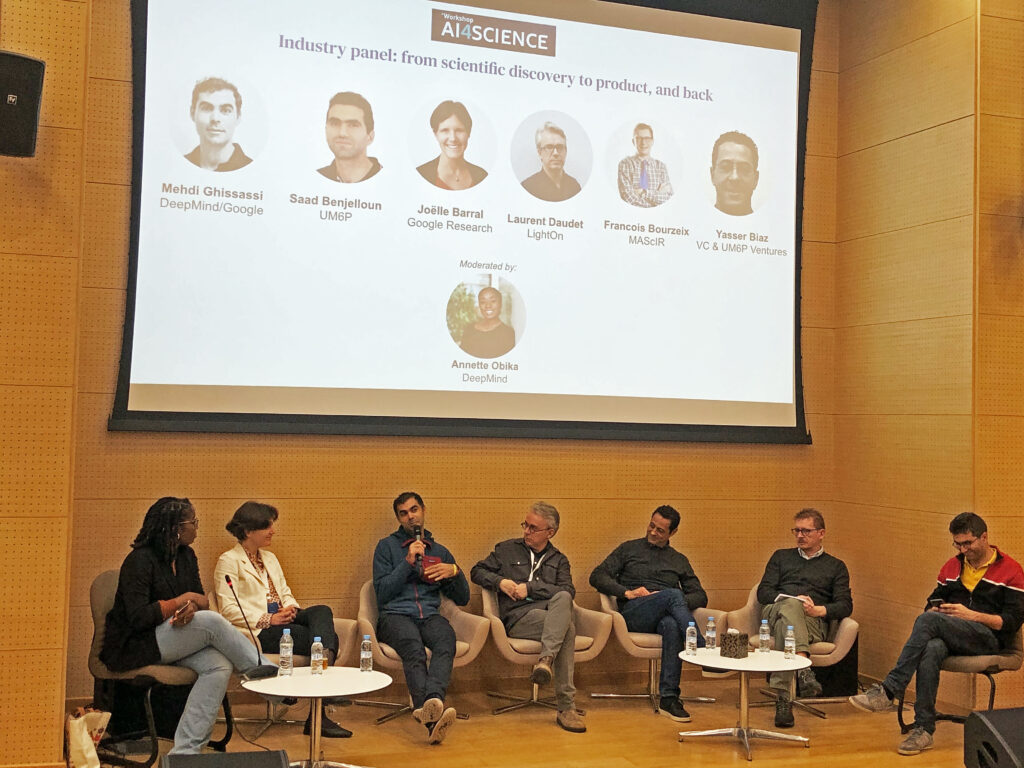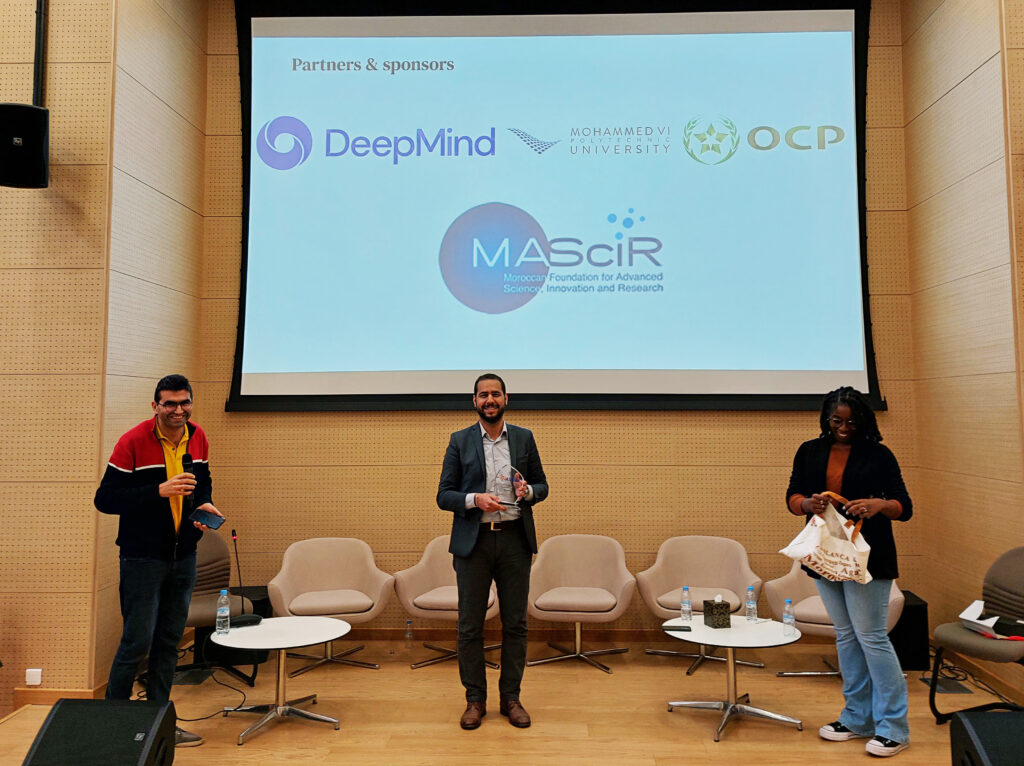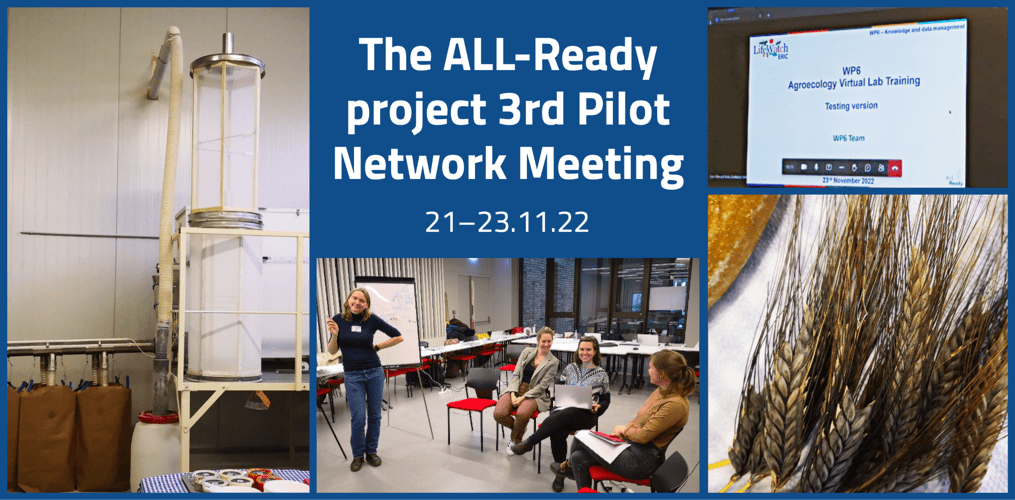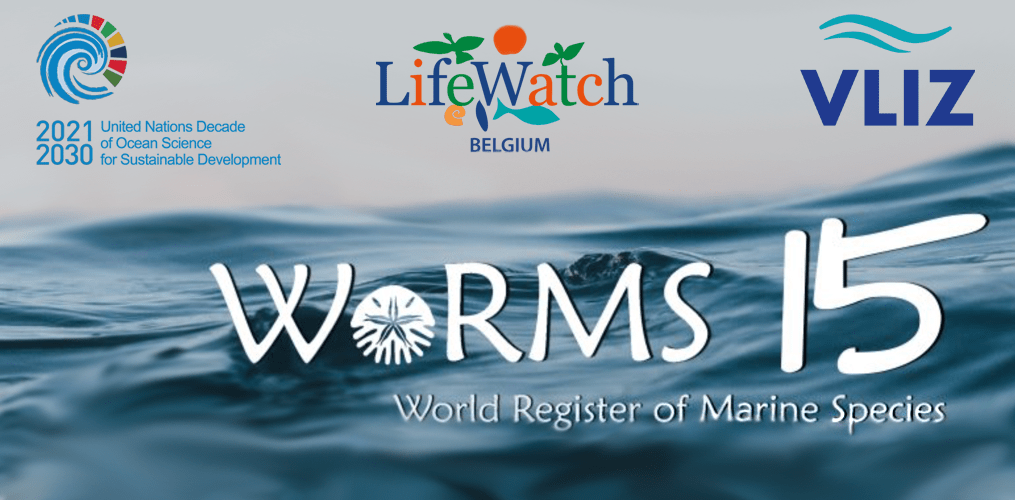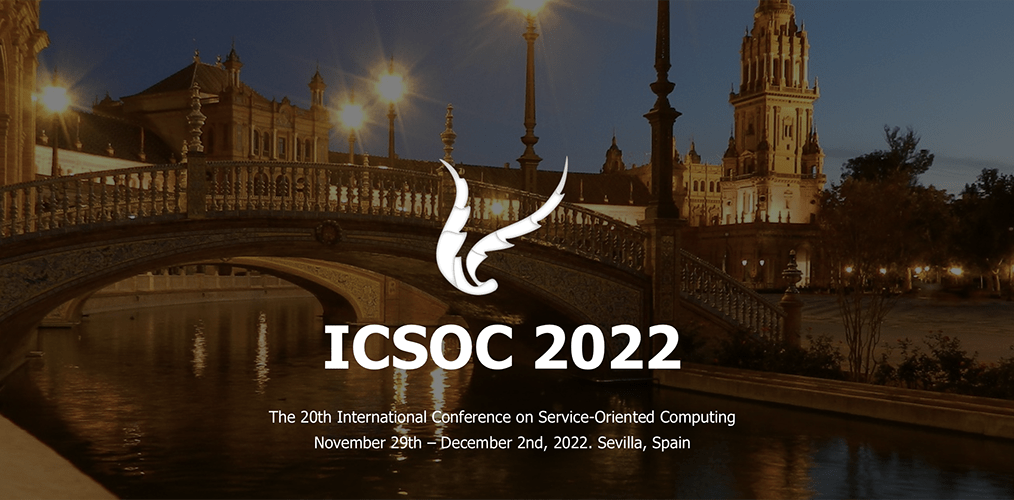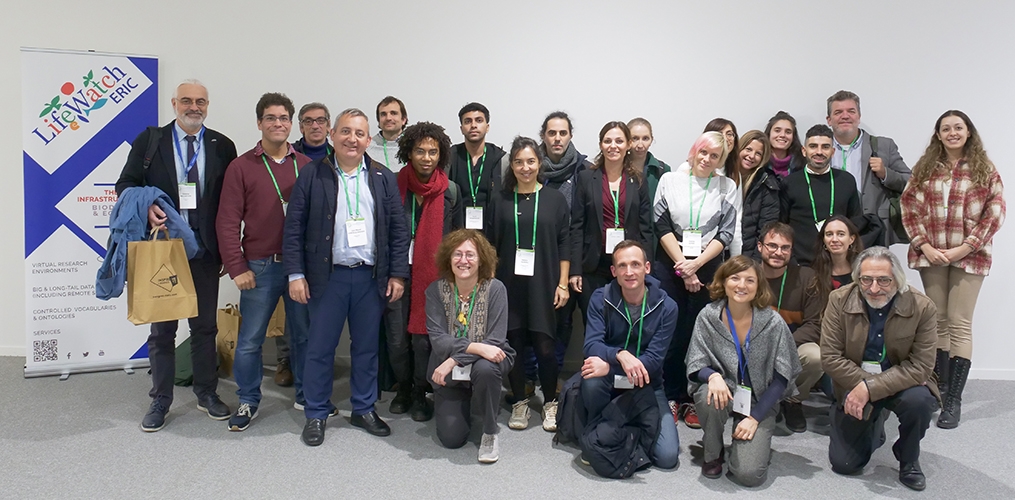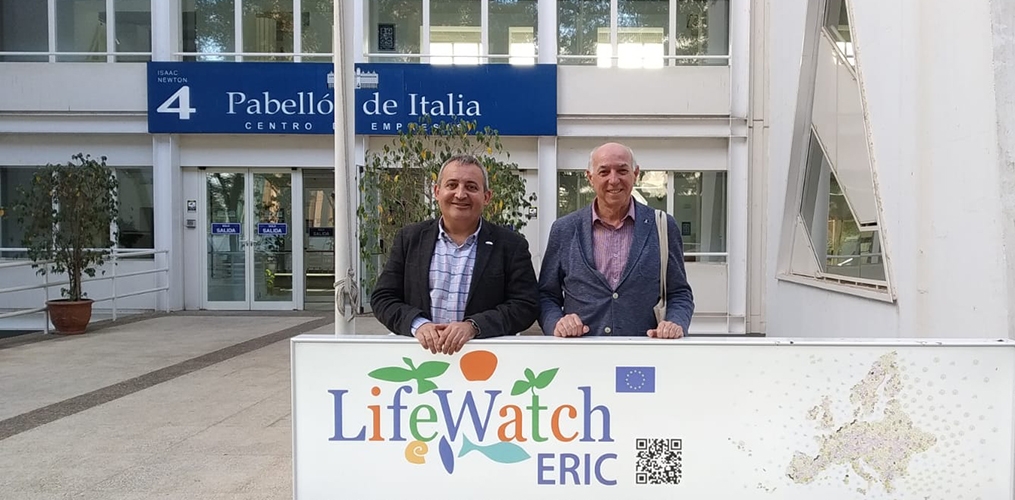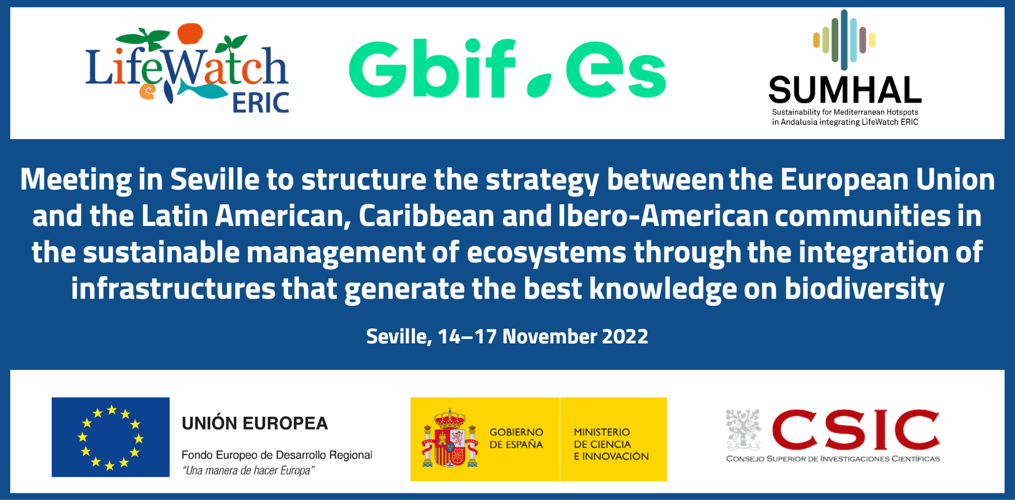ICSOC, the International Conference on Service-Oriented Computing, is the premier international forum for academics, industry researchers, developers, and practitioners to report and share groundbreaking work in service-oriented computing. ICSOC fosters cross-community scientific excellence by gathering experts from various disciplines, such as services science, data science, management science, business-process management, distributed systems, wireless and mobile computing, cloud and edge computing, cyber-physical systems, Internet-of-Things (IoT), scientific workflows, artificial intelligence, machine learning, and services and software engineering.
This congress provides a high-quality forum for presenting results and discussing ideas that further our knowledge and understanding of the various aspects (e.g. application and system aspects) related to Service Computing with particular focus on artificial intelligence, machine learning, big data analytics, IoT, and emerging technologies including quantum computing.
ICSOC 2022, the 20th event in this series, will take place in Seville, Spain from 29 November – 2 December 2022. Inkeeping with ICSOC tradition, it will feature visionary keynote presentations, research and industry presentations, a vision track, workshops, tutorials, and a PhD track.
LifeWatch ERIC is one of the main sponsors and will give two presentations. On Wednesday, 30 November, Antonio José Sáenz-Albanés, ICT Core Operations Coordinator at LifeWatch ERIC, will do a presentation on ‘LifeWatch ERIC distributed e-infrastructure, challenges and goals’. And on Friday, 2 December, Juan Miguel González-Aranda, LifeWatch ERIC CTO and head of LifeWatch Spain, will participate in a session in collaboration with the Digital Agency of Andalusia and will talk about ‘LifeWatch ERIC, an Open e-Science & Data Service Oriented distributed panEuropean Research Core Infrastructure: AstarteWatch, from Andalusia to the rest of the World’.
In the organising committee of ICSOC 2022, the honorary chair is Pablo Cortés, General Secretary of Research and Innovation of Junta de Andalucía, Spain. The general co-chairs are Pablo Fernández and Antonio Ruiz (University of Seville, Spain). The programme co-chairs are Brahim Medjahed (University of Michigan-Dearborn, United States); Mario Piattini (University of Castilla-La-Mancha, Spain) and Lina Yao (UNSW, Australia). The local chair is Jose Maria Garcia (University of Seville, Spain) and the finance chair is Bernd Krämer (Fern University, Germany).
In the five main thematic areas of this international conference, the Service-Oriented Technology Trends Chair is Marco Aiello (University of Stuttgart, Germany); the Machine Learning / Artificial Intelligence Chair is Xianzhi Wang (University of Technology Sydney, Australia); the Big Data Analytics Chair is Qi Yu (Rochester Institute of Technology, United States); the Internet of Things Chair is Azadeh Ghari Neiat (Deakin University, Australia); and the Emerging Technologies Chair is Manuel Resinas (University of Seville, Spain).
